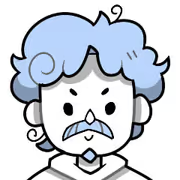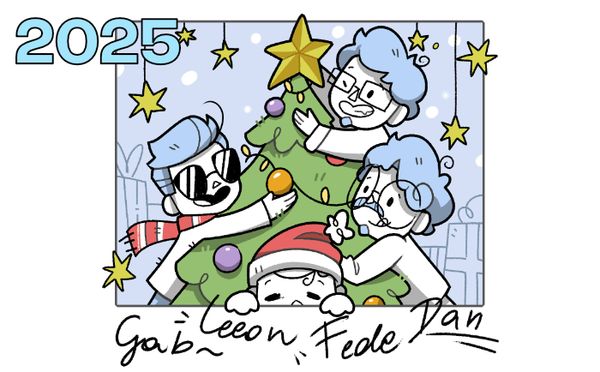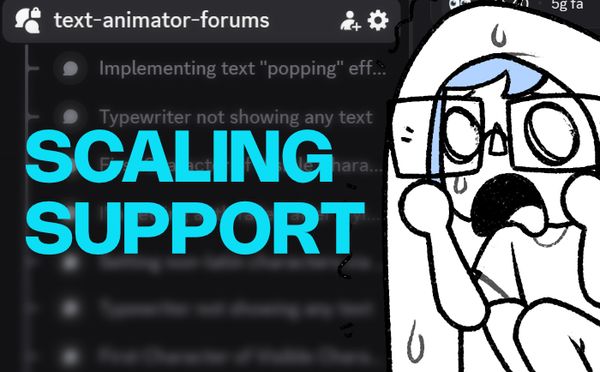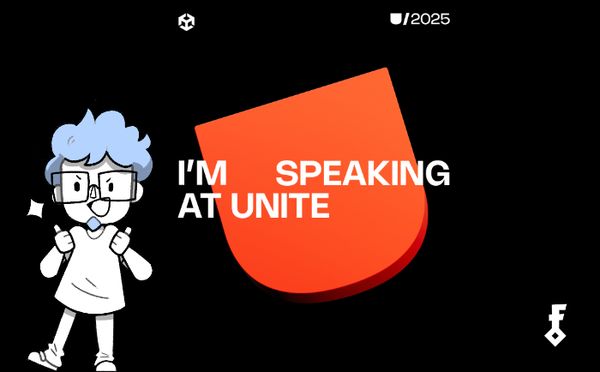How to make a Triplanar Shader in Godot
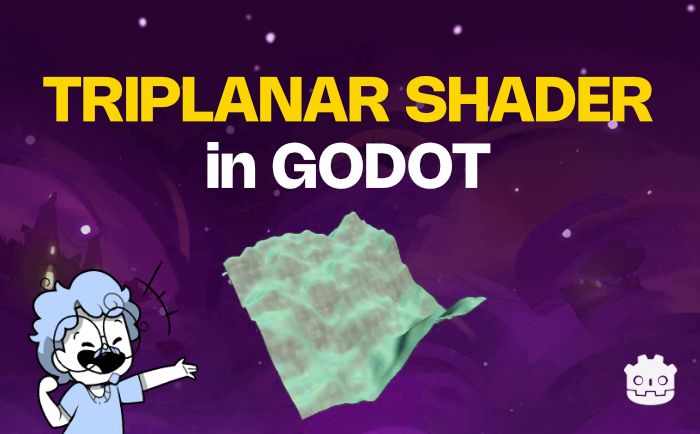
Here's how to make a simple triplanar shader that blends textures based on the surface angle (normal). You can find the full code at the end of this article.
Initialization
To make texture mapping UV-independent we needed to find some sort of alternative coordinates space. We've decided to use world-space vertex coordinates, initialized like the following:
uniform vec3 _triplanar_pos;
void vertex()
{
// initialize the world space sampling coordinate by
// rotating, scaling and offsetting the vertex position.
_triplanar_pos = rotate(triplanar_angle) * VERTEX;
_triplanar_pos *= triplanar_scale;
_triplanar_pos += triplanar_offset;
//...
}
Snippet pseudo code
Considering that triplanar mapping projects textures along three axes, to avoid over-saturation we also calculate some blending weights as shown:
uniform vec3 _triplanar_weight;
void vertex()
{
//...
// compute the weights that will be used to get the correct
// final color after sampling the texture
vec3 _triplanar_weight = pow(abs(NORMAL), vec3(triplanar_sharpness));
_triplanar_weight /= dot(result, vec3(1.0));
}Snippet pseudo code
Texture sampling
Texture mapping uses only two coordinates (u and v) but the _triplanar_pos is a vec3! However, if we use only two components per time, we are actually projecting the texture on a plane aligned with each axes (up, right and forward).
void fragment()
{
vec4 color = vec4(0.0);
// sample the texture three times, one for each axes in world space,
// and multiply each axes with the relative weight
color += texture(sampler, _triplanar_pos.xy) * _triplanar_weight.z;
color += texture(sampler, _triplanar_pos.xz) * _triplanar_weight.y;
color += texture(sampler, _triplanar_pos.zy * vec2(-1.0, 1.0)) * _triplanar_weight.x;
color *= triplanar_strength;
//...
}Mixing
Finally, we can transition between two different textures based on the surface normal like:
void fragment()
{
//...
// calulate the angle between up-vector and surface normal
float transition = dot(vec3(0.0, 1.0, 0.0), normal);
// calculate interpolation factor
float threshold = cos(degToRad(_Angle));
float interpolation = 1.0 - smoothstep(
threshold - _Transition,
threshold + _Transition,
transition);
// transition between two textures
vec3 color = mix(first_triplanar_texture.rgb,
second_triplanar_texture.rgb,
interpolation);
ALBEDO = color;
}Putting it all together
The rest of this post is available for free!
Please create an account to continue reading! It helps us knowing that humans are reading us, and also helps us staying independent and keep posting what we love. Thanks!
Create a Free Account & Continue Reading